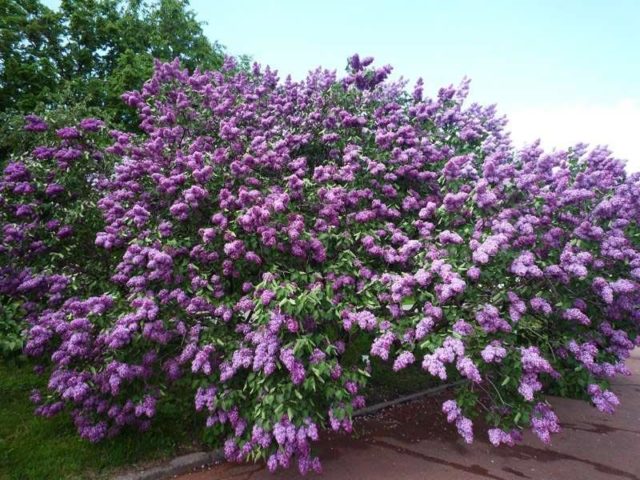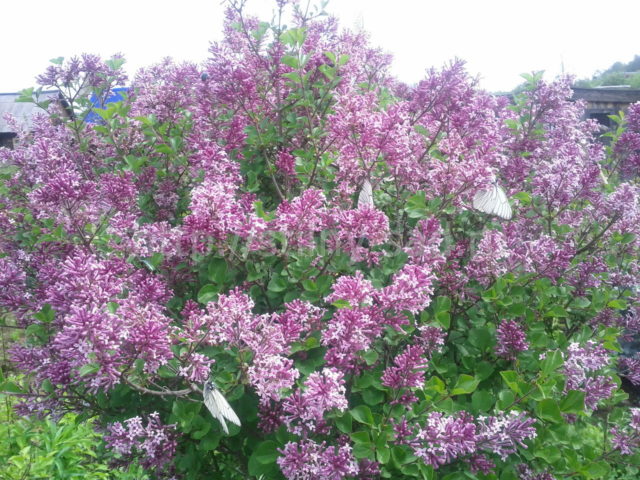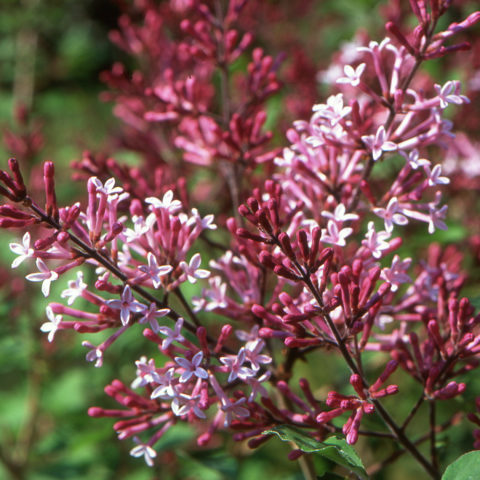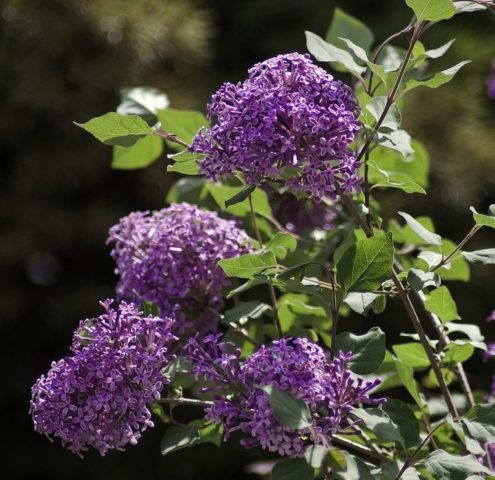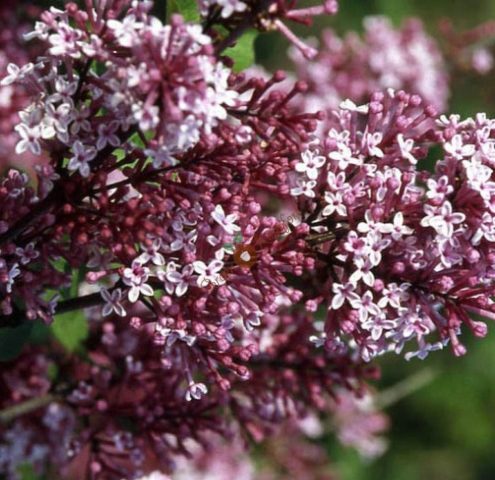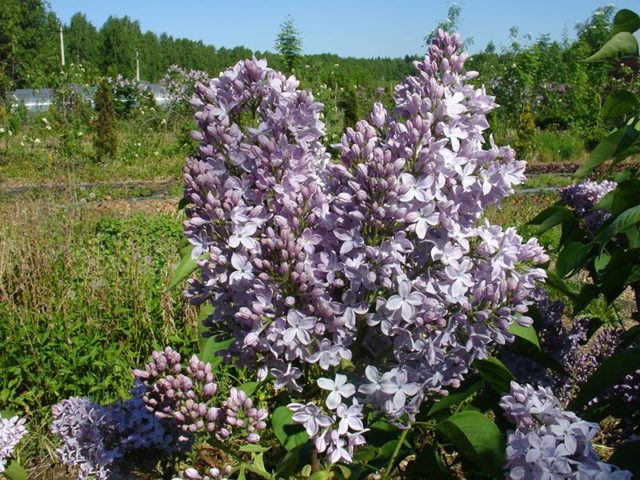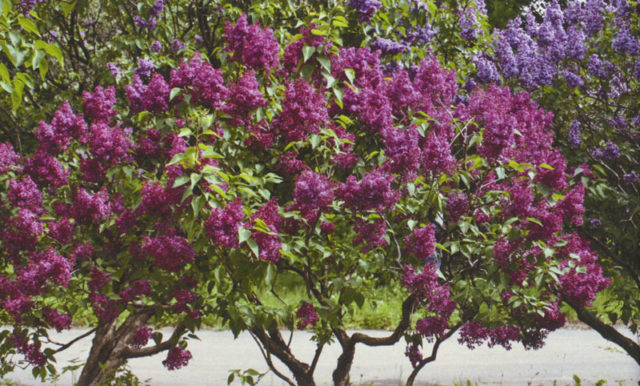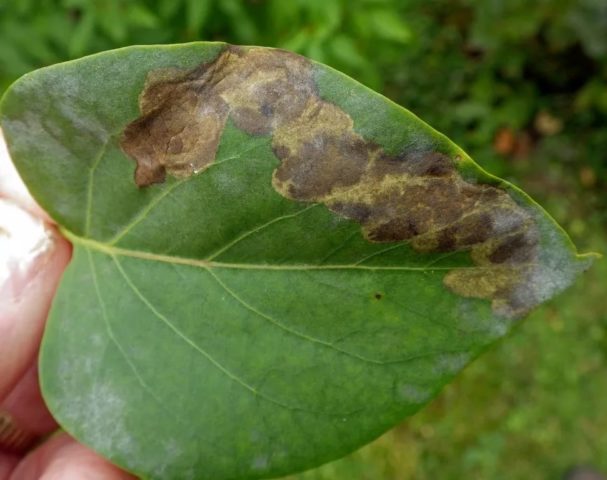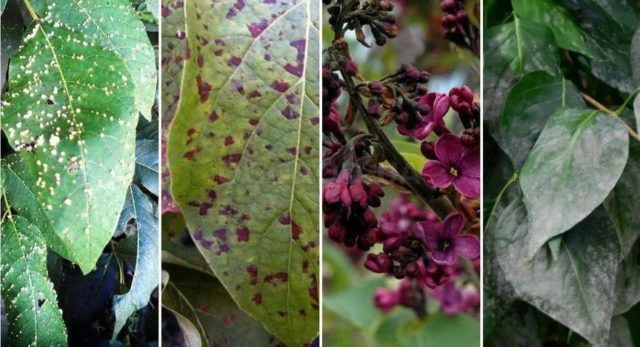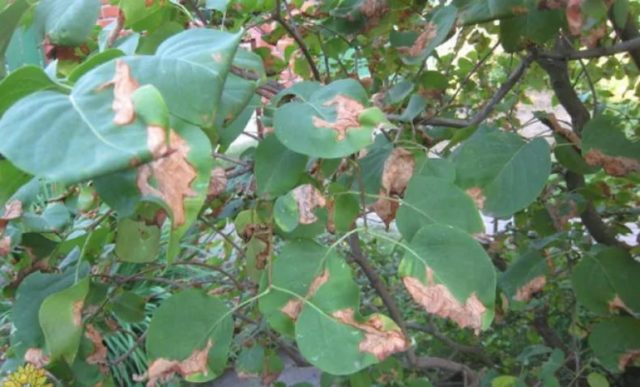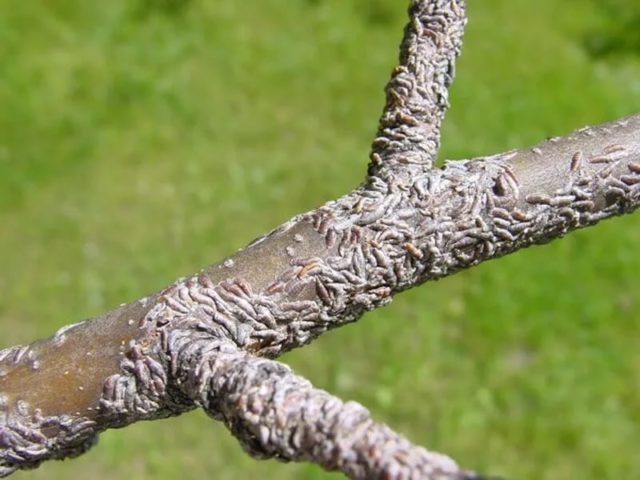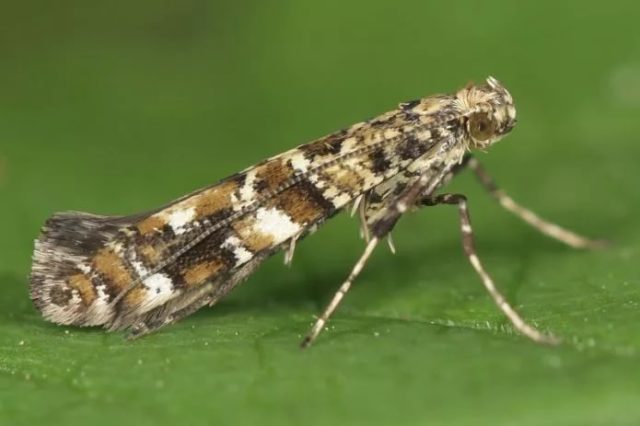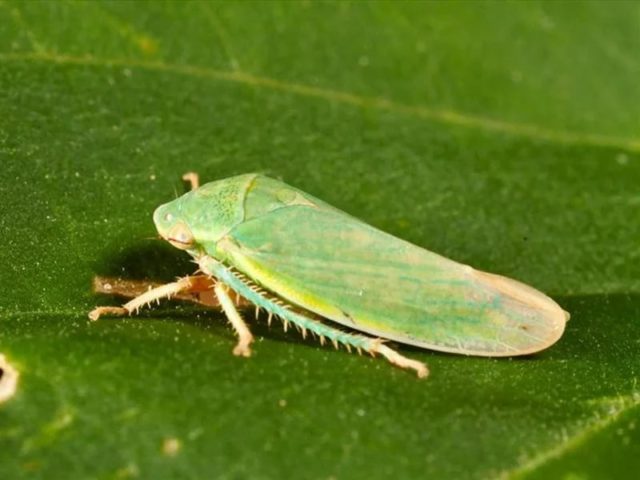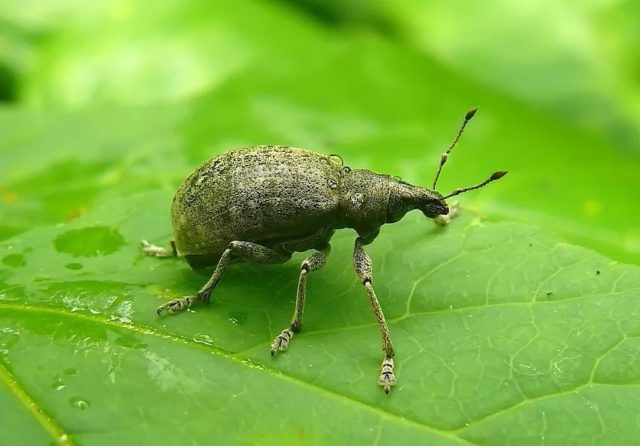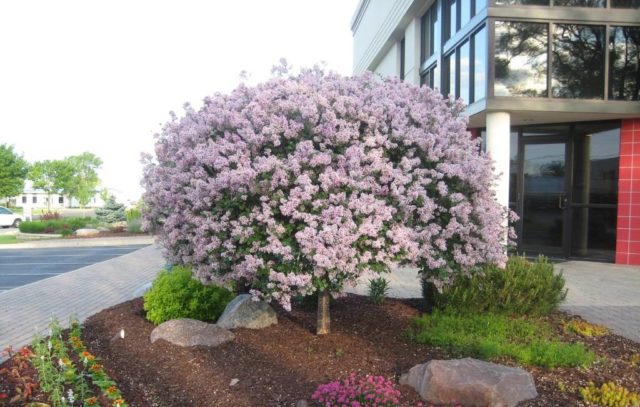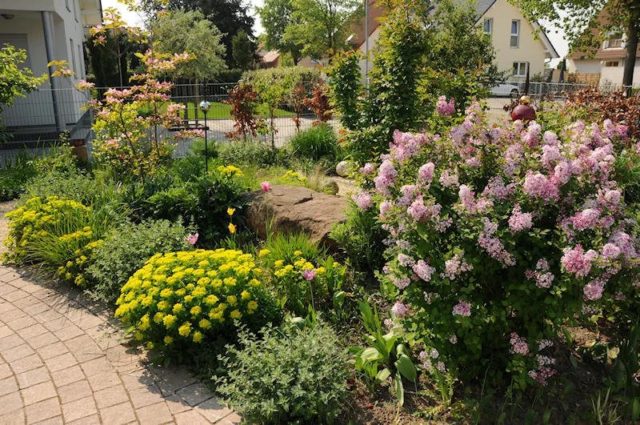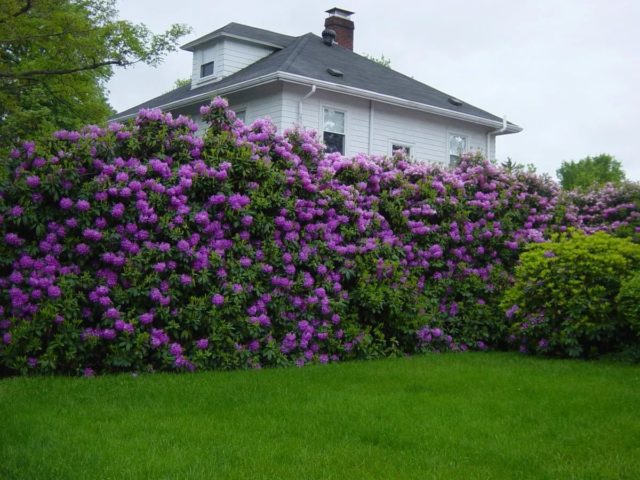Content
Dwarf lilac, due to its size and decorative qualities, is loved by many gardeners. Almost no summer cottage is complete without this plant. Even a beginner can handle leaving, and the variety of colors allows you to create interesting compositions.
General description of dwarf lilac
Low varieties of lilacs are perennial deciduous shrubs of the olive family. Their popularity is due to their ability to feel great in various climates.
The maximum height of dwarf lilac is 2 m, young branches are green in color with brown blotches. After a year, the shoots are lignified. The leaves can be of various shapes - oval, egg, heart, or be cut. This is determined by the variety. The fruit of a dwarf lilac is a box consisting of two oval valves, when it dries it becomes brown. The root system is branched, powerful. A young plant of low-growing varieties is gaining root strength within 4-7 years.
Dwarf lilacs are shown in the photo:
How dwarf lilac blooms
Lilacs are popular with gardeners mainly due to their small and fragrant flowers, collected in spectacular brushes. Their color can be different - white, burgundy, pink, purple, blue. The flowers are small, have up to 5 petals, but the double forms have more of them. Several medium-sized inflorescences are collected on a cone-shaped long panicle. The dwarf lilac bloom time is the end of April or May. The exact timing depends on the variety, the climate of the place of growth.
Growing benefits
Summer residents love dwarf varieties for their undeniable advantages:
- good frost resistance - the shrub is able to withstand a drop in temperature to -35 ° C and does not need shelter at the same time;
- ease of care - it is enough to fertilize young plants once every 3 years;
- drought resistance - withstands up to 7 days without an additional source of moisture;
- slow growth of the shrub - there is no need to thin out a too dense crown;
- foliage absorbs harmful substances from the surrounding air well.
With all the advantages, undersized varieties of lilacs have their own disadvantages - after transplanting, the rooting process is difficult and takes a long time. The shrub requires constant care for 2 years. This disadvantage overlaps with the obvious advantages of lilacs, so its popularity among gardeners does not wane.
The best varieties of undersized lilacs
The dwarf lilac has many varieties, they differ in appearance, which allows you to create interesting compositions. Each grower can choose a plant that suits their specific needs. Below are the varieties of dwarf lilacs with photos and descriptions.
Meyer's variety
The most famous undersized variety. The height of the bush is about 1.5 m, the shoots are brown-gray. The leaves are 5 cm long, in the shape of an ellipse, and at the edges they have small "cilia". Straight inflorescences reach 10 cm. The variety is unpretentious in care, which explains its popularity. There are several varieties of this lilac:
- Meyer Polybin - leaves are whole or rarely feathery dark green, inflorescences are small conical panicles. Has a strong pleasant aroma.Lilac-pink flowers with 4 petals bloom in late spring or early summer. The branches are quite dense, the shrub grows slowly.
Low-growing lilacs of the Meyer Polybin variety are shown in the photo:
- Red Pixie - blooms from early spring to late June with pink flowers collected in dense panicles. The height of a dwarf bush rarely exceeds 1 m. It feels good both on moderately dry and wet soils.
The low-growing variety of lilac Red Pixie in the photo coincides with the description:
- Bloomerang Ash - purple flowers are a feature of this variety. The shrub grows fast enough. It is characterized by two waves of flowering - the first begins at the end of May, the second in July. The lilac of this dwarf variety retains its decorative appearance until frost, but late panicles are not so large.
Dwarf lilac varieties Bloomerang Ash is shown in the photo:
- Jose - the variety is picky about watering and loves sunny places, but at the same time it tolerates cold well. Lilac care is simple, sometimes formative pruning may be required.
A low-growing lilac variety with the name José in the photo:
Variety Madame Charles Suchet
The flowers are of a beautiful blue hue, and thanks to the underside of the petals, painted in lilac, the bush acquires brightness and variegation. Wide pyramidal brushes. The plant is not tall, the flowering period is in late spring and early summer. The lilac of this dwarf variety is undemanding to soils, but prefers light sandy soils. More abundant flowering can be achieved by planting the bush in a sunny place.
Monge variety
French hybrid, grows up to 2 m. Flowers are deep purple in color, while not prone to fading in the sun. The brushes appear in mid-spring. This variety is often planted in cities for landscaping, also due to its long lifespan of 30 years. It is better if there is good drainage in the soil, pruning is periodically required.
Captain Balte variety
A low-growing variety, it grows up to 1.5 m. The flowers are lilac or pale pink with a bluish tinge, they have a strong spicy aroma. The brushes themselves are large, rounded. A sprawling bush, abundantly strewn with flowers, will fit well into the design of a small area.
Schoolgirl
Brought to the USSR in 1956. The pyramidal inflorescences are colored lilac-blue. The bush looks like a neat compact ball. Leaves are dark green, flowering dates are medium - late spring or early summer.
How dwarf lilacs reproduce
To preserve varietal characteristics, dwarf lilacs are propagated vegetatively:
- cuttings;
- layering;
- graft.
This method is suitable for propagation of non-varietal plants. Each type of this shrub is decorative to one degree or another, so this method can also be used.
Lilac seedlings are divided into two large groups:
- Own-rootedobtained from cuttings, cuttings or seeds. They have a longer lifespan of up to 50 years, provide high-quality breeding material and do not form a large amount of root growth.
- Vaccinated - arise as a result of grafting a variety on a wild stock.
To propagate dwarf lilacs by layering, use the shoots of the root mother plant itself. The grafted specimens are not suitable for reproduction.
Planting and care rules
It is best to buy a seedling in large nurseries, so that there is no doubt about its varietal affiliation. Dwarf lilacs are planted in early spring before flowering or in autumn. The preferred period is from August to the end of September. In general, the plant is unpretentious to soils, but it feels more comfortable on sandy ones. You also need to provide good drainage. The place should be sunny and protected from drafts.
The landing algorithm is as follows:
- The place is disinfected with a fungicide or potassium permanganate 3 days before the seedling is placed.
- The size of the hole should be 2 times larger than the root of a young plant.
- A drainage layer and sand are placed at the bottom.
- Prepare a soil mixture with biofertilizers or a complex agent with nitrogen.
- The pit is filled with warm water.
- The seedling is buried in the evening, tamped down and watered well.
If all the conditions are met, the bush will root well, but it will take a long enough time for it.
Growing rules
When growing dwarf varieties, you must adhere to the following rules:
- Carry out timely pruning, most often it is sanitary or anti-aging. As a rule, it is not required to form a bush. The main thing is to remove faded brushes from the bush in time.
- With a frequency of once every 2-3 years, a cushion of nutrients is formed in lilacs - manure or humus is introduced. As soon as the snow melts, then organic fertilizers are applied. The height of such a pillow should not exceed 7 cm.
- Dwarf bushes are watered no more than 2 times a week, 15-20 liters each. At the end of summer, they are reduced to 2 times a month.
- Despite the fact that the frost resistance indicators of the plant are quite high, for the first winter the bush is insulated with straw, spruce paws or sawdust.
Even a novice gardener can follow these recommendations.
Pests and diseases
Lilac diseases are divided into several groups:
- Viral - it is mainly annular speck, annular spot, chlorotic spot. Practically they are not treated, the plant must be destroyed, and the place is disinfected. Protection of lilacs consists in the observance of preventive measures, which include protection against insect vectors and treatment with special agents.
- Fungal - ascochitis, anthracosis, alternaria, septoria, cercospora, brown spot. On the diseased plant, spots of various sizes and colors appear, depending on the type of pathogen. Fungi develop at high temperatures above + 25 ° C and humidity. For prevention, lilacs are sprayed with preparations containing copper. In order to avoid illness, dry leaves and shoots must be removed in a timely manner.
- Bacterial - these include wilting, bacterial rot. Occur in thickened plantings. There are varieties with resistance to this group of diseases.
- Mycoplasma - the most common problem is paniculation. Lateral shoots grow, but internodes do not develop. This leads to the fact that the branches become like small bushes, the plant looks like a dwarf and gradually dies. Mycoplasmas lead to jaundice, rosette, chlorosis, small leaves. Preventive measures include the destruction of insects that can carry disease and disinfection tools.
Pests are also found on dwarf lilacs. The main ones are: - Acacia false shield - lives on thin shoots and leaves. The accumulation of eggs resembles heaps of white powder. The twigs dry out, the flowers lose their decorative appearance, the resistance to cold decreases. A preventive measure is the removal of dry branches, overgrowth, thinning the crown.
- Apple comma scale - a dangerous pest that lives on the trunk and shoots. Females and their larvae are affected by lilacs. The insect sucks out the juice, and the plant weakens.
- Lilac speckled moth is a brown butterfly about 1.5 cm in size. Their caterpillars live under the leaves, twisting and destroying them. Digging up the soil under the bush by 30 cm will help get rid of the pest.
- Rose leafhopper - often found on lilacs, larvae and adult insects drink juice from leaves and shoots. Special drugs will help against it.
- Weevil - a beetle that gnaws leaves. It is not active during the day and is located under the bark, and at night, in the morning or in the evening, it begins to actively eat.Destroyed with special insect repellents.
The use of undersized lilacs in landscape design
Dwarf lilacs are widespread in landscape design - they are good both in group and in solitary plantings. Sometimes several seedlings are placed in one hole, so that they then grow together and form a powerful bush.
The Meyer variety is used for hedges due to its compactness. The plant is undemanding to soil fertility, takes root well and tolerates dense plantings. The dwarf variety goes well with low-growing conifers.
Peonies are often planted with lilacs, the flowering period of which coincides with it. This composition is very colorful and aromatic. A recent fashionable trend is to place dwarf lilacs on alpine slides. Also, connoisseurs often plant a bush with white flowers in a large flowerpot. Thus, you can save lilacs from a number of diseases.
Conclusion
Dwarf lilacs work well with other low-growing trees and shrubs. Even in the smallest area there is a place for it. Varietal specimens are striking in their beauty and unique aroma, while the wild lilac also looks very decorative.
Testimonials
